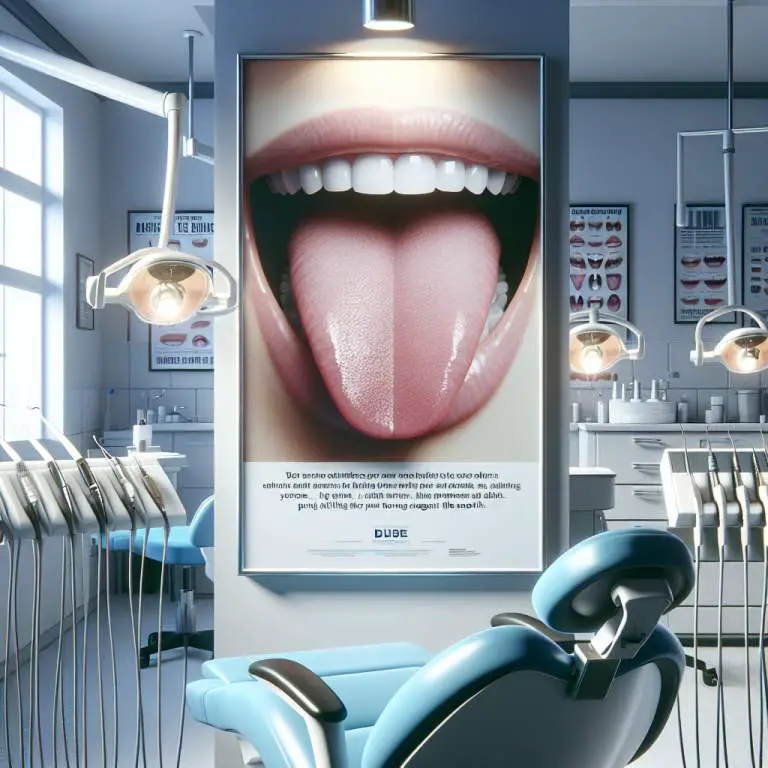How does the comfort and ease of mewing compare to other jawline enhancement methods?
Mewing, a technique that involves proper tongue posture to potentially enhance the jawline, is generally more comfortable than other jawline enhancement methods. Unlike surgeries or devices that can cause discomfort or require recovery time, mewing simply requires you to adjust how you position your tongue, making it a less invasive option. People looking for a comfortable and easy way to possibly improve their jawline may find mewing to be a favorable choice compared to more painful or complex alternatives.

How does mewing work to enhance the jawline?
Mewing is a technique that involves placing your tongue against the roof of your mouth. This position is supposed to help shape and define your jawline over time. The idea is that by keeping your tongue in this specific spot, you’re using muscles in a way that can make your jaw look stronger.
People who try mewing believe it helps with more than just looks. They say it can also improve breathing and even change the structure of your face slightly. It’s all about how you hold your tongue and how often you do it. Like any exercise, consistency is key to seeing changes.
What are the common discomforts associated with mewing?
When you first start mewing, it might feel weird or uncomfortable. This is because you’re using muscles in a new way. Some people say their jaw or teeth hurt at first. Others find it hard to keep their tongue in the right spot all day.
Another issue some folks run into is feeling tired in their mouth or having a sore tongue. Since these muscles aren’t used to being used this way, they can get tired pretty quickly at first. But like any workout, the more you do it, the easier it gets.
How do traditional jawline enhancement methods work?
Traditional ways to make your jawline look better usually involve surgery or special treatments at a doctor’s office. These methods can include things like getting fillers injected to make the jaw appear more defined or even surgery to reshape the bone itself. These options offer quicker results compared to exercises like mewing.
Sometimes, doctors use tools like braces or other dental devices to help change how the jaw and teeth fit together. This can also make the jawline look different over time. Each method has its own way of working, but they all aim to give you a sharper-looking jaw.
What discomforts are associated with traditional jawline enhancement methods?
With surgeries and medical treatments, there’s often some pain after the procedure. People might need medicine to help with this pain while they heal. Swelling and bruising around the jaw are also pretty common for a while after treatment.
Besides physical discomforts, these methods can take a lot of time and money too. Going through surgery means taking time off from work or school for recovery. And treatments like fillers need to be redone every so often, which adds up in cost over time.
| Method | Comfort Level | Notes on Discomfort |
|---|---|---|
| Mewing | High | Minimal discomfort, mainly adjustment to tongue posture. |
| Braces | Medium to Low | Initial pain and discomfort after adjustments. Possible inner cheek irritation. |
| Invisalign or Clear Aligners | Medium | Mild discomfort during new aligner phases. Less irritation compared to braces. |
| Veneers/Crowns for Cosmetic Changes | Low during procedure (due to anesthesia), Medium post-procedure. | Sensitivity and possible discomfort after the procedure until recovery. |
| Jaw Surgery (Orthognathic) | Very Low (Short-term), Medium to High (Long-term comfort improvement) | Significant initial post-surgery pain and recovery period. Long-term benefits might outweigh initial discomfort. |
| Lip Fillers for Aesthetic Enhancement | Medium to Low | Mild to moderate pain during injection, potential swelling and bruising post-procedure. |
| Tongue Posture Exercises Other Than Mewing | High | Possible initial discomfort due to unfamiliar movements, generally low risk of significant discomfort. |
| Facial Exercises/Face Yoga | High | Mild fatigue of facial muscles, no significant pain or discomfort expected. |
| Botox for Jawline Contouring | Medium to Low | Brief pain during injections, potential minor bruising or swelling, but generally well-tolerated. |
Can mewing results be compared to those of surgical or non-surgical jawline enhancements?
Mewing is a technique that involves positioning the tongue against the roof of the mouth. This method aims to shape the jawline over time. People often wonder if it can give results similar to surgeries or other treatments.
While some report improvements in their jawline from mewing, these changes are usually subtle and take time. Surgical and non-surgical enhancements, on the other hand, can offer more dramatic and immediate results. These methods include fillers, liposuction, or implants designed specifically for jaw enhancement.
How long does it typically take to see results from mewing versus other methods?
Seeing results from mewing requires patience and consistency. It might take months or even years before noticeable changes appear. This slow pace is because mewing relies on natural growth and slight shifts in bone structure.
In contrast, surgical and non-surgical jawline enhancements provide quicker outcomes. For instance, fillers can offer immediate improvement, while surgical options may show significant changes within weeks after recovery. The speed of these methods makes them appealing to those seeking fast results.
Are there any risks or side effects unique to mewing compared to other jawline enhancements?
Mewing is considered safe for most people since it’s a natural process of adjusting tongue posture. However, incorrect technique could potentially lead to discomfort or misalignment issues over time. It’s crucial to understand proper form before starting.
Surgical and non-surgical procedures carry more significant risks and side effects, including infection, dissatisfaction with aesthetic outcomes, and longer recovery times. These methods also come with a higher cost financially and physically when considering potential complications.
Final Thoughts
Mewing presents an alternative approach to enhancing the jawline without the need for surgery or medical interventions. Its appeal lies in its simplicity and non-invasiveness.
However, individuals interested in altering their jawline should weigh their options carefully. While mewing offers a safer route with minimal risks, traditional enhancement methods provide quicker and more pronounced results but come with higher costs and potential complications. Ultimately, choosing between these options depends on personal preferences regarding safety, effectiveness, time investment, and desired outcomes.






